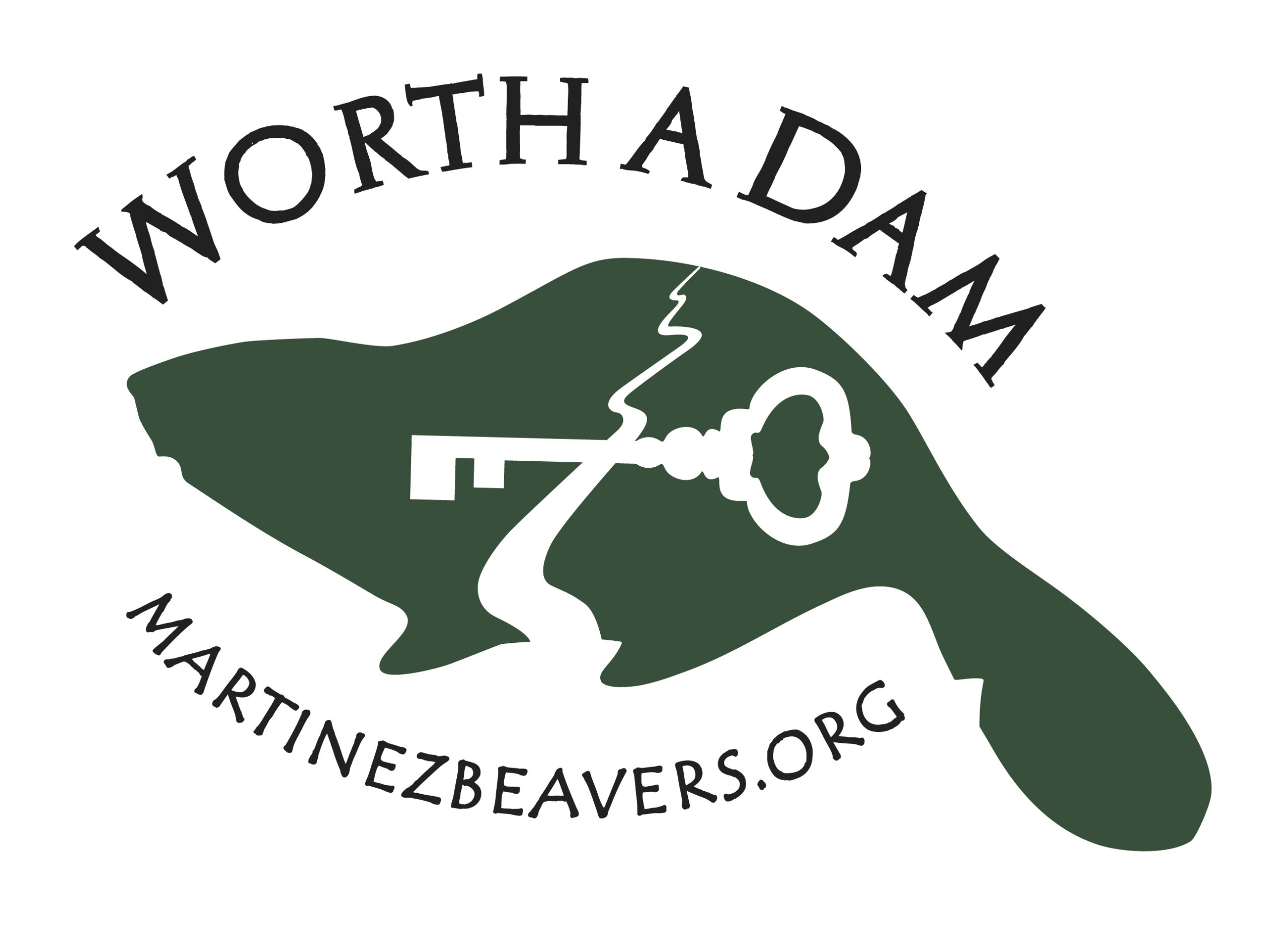This is what irresponsible reporting does in high places. It spawns a flurry of copycats that send tendrils around the panicked planet. I saw three such headlines this morning. How many will there be tomorrow?
You have an awful lot to be sorry for, New York Times.
Hordes of Beavers Are Invading Alaska’s Tundra
 Research shown at last week’s American Geophysical Union meeting revealed that everyone’s favorite rodent has been using sticks to build dams on the Alaska’s treeless tundra. The colonization is reshaping the geography of the north and could allow other animals to follow beavers into the brave new warming world.
Research shown at last week’s American Geophysical Union meeting revealed that everyone’s favorite rodent has been using sticks to build dams on the Alaska’s treeless tundra. The colonization is reshaping the geography of the north and could allow other animals to follow beavers into the brave new warming world.
It also comes with a downside, though. The dams create ponds that help keep beavers wet, but those ponds also contribute to melting permafrost. That releases methane and carbon dioxide, speeding us toward a hotter future. While it’s not like beavers are going to overtake humans anytime soon as the dominant drivers of climate change, the findings are another unmistakable sign of unexpected changes overtaking our planet.
 Turns out beavers are getting busy everywhere. Of the 83 sites researchers identified as potential beaver hot spots, 60 were being impacted by beaver activity. In some cases, they could see beaver dams be built, fail, and be rebuilt again.
Turns out beavers are getting busy everywhere. Of the 83 sites researchers identified as potential beaver hot spots, 60 were being impacted by beaver activity. In some cases, they could see beaver dams be built, fail, and be rebuilt again.
Why the beavers are moving into the tundra is an open question. Climate change may play a role, but it’s highly speculative at this point. Ken Tape, a University of Alaska, Fairbanks researcher working on the project, said it’s difficult to know if trappers hunted beavers off the tundra prior to the start of the aerial photography.
“The beavers are very well adapted to working with what they have,” Jones said.
HORDES OF BEAVERS!
RUN FOR YOUR LIVES!
HIDE YOUR WIVES AND CHILDREN!
Good Lord, how many times can a reasonable woman be expected to slap her forehead in one morning! Now in addition to the many trappers, farmers and oil drillers against beavers, this post in on EARTHER means there will be some greenie liberal types that hate them as well.
Beavers are such big meanies hurrying climate change!
You know, the word “hordes” has two definitions. The first is of course deragatory and means lots of massing individuals. But the second comes to us from anthropology, and is defined as
“a loosely knit small social group typically consisting of about five families.”
There now, that doesn’t sound so bad, does it?


 Shall the year of the buck-toothed beaver be upon us soon?
Shall the year of the buck-toothed beaver be upon us soon?
